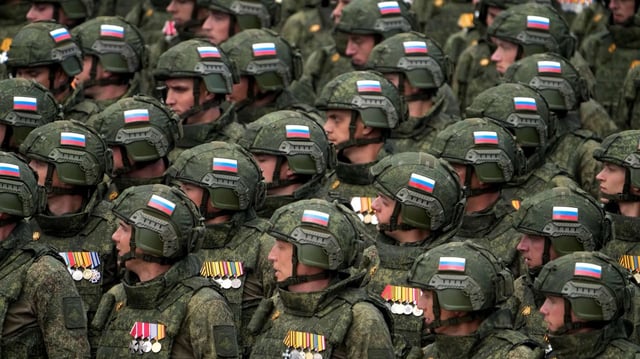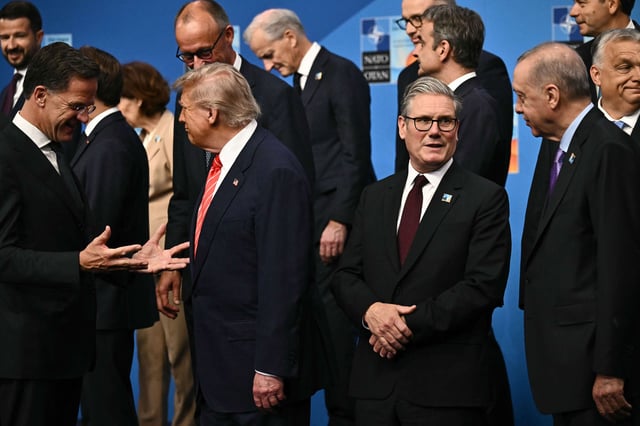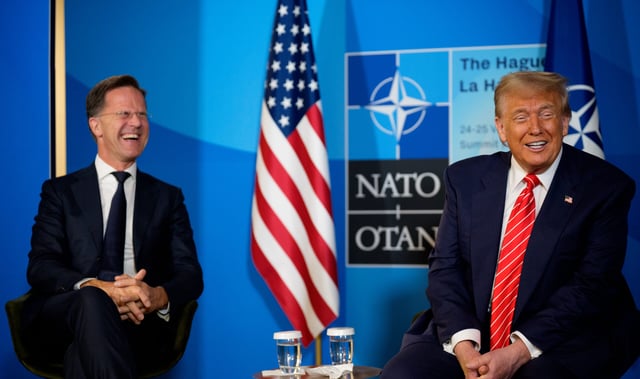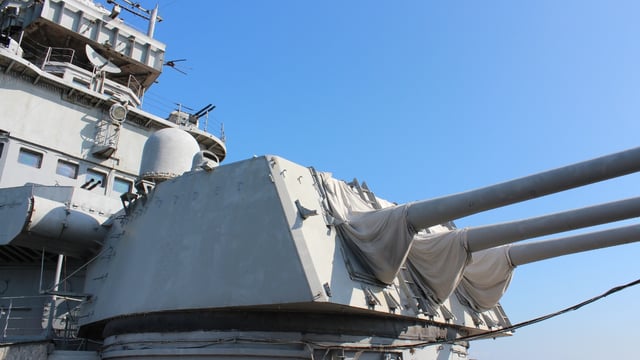Overview
- At the June 24 summit in The Hague, NATO members endorsed a commitment to raise defense spending from the current 2% minimum to 5% of GDP by 2035, allocating 3.5% to core capabilities and 1.5% to infrastructure.
- Spain secured a last-minute exemption capping its defense outlays at 2.1% of GDP, drawing criticism from partners for falling short of the new baseline.
- President Trump’s threats of trade penalties underpinned a pledge that Secretary General Mark Rutte said would not have happened without U.S. leverage.
- Officials caution that meeting the target requires faster U.S. arms production, given that U.S. tank output lags far behind Russia’s pace.
- Calls are growing for streamlined U.S. export licensing to prevent bureaucratic delays from hampering deliveries of critical military equipment to frontline allies.



